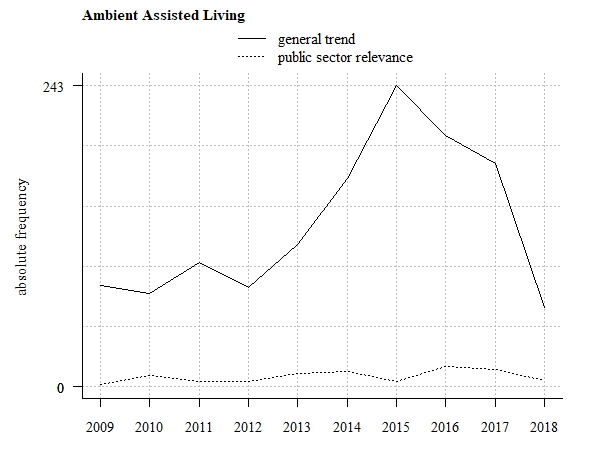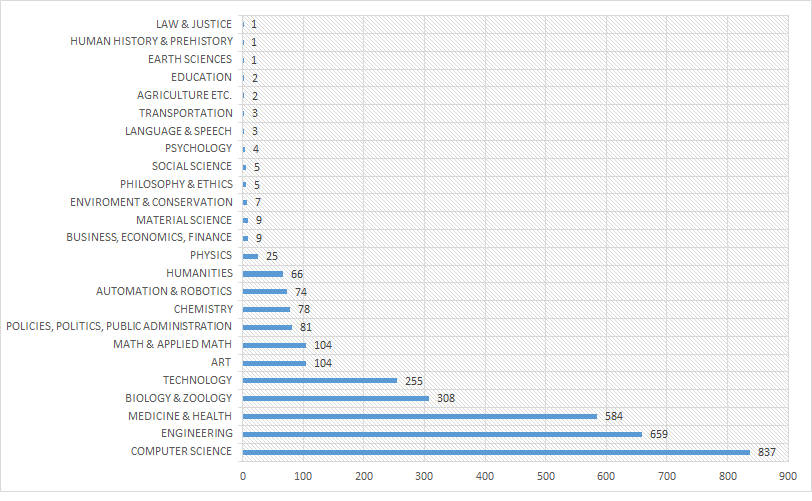Open data - Download the Knowledge base
You are free to download the data of this Knowledge base.
To do this you must be an authenticated user: log in or sign in now.
All the data are licensed as Creative Common CC-BY 4.0.
Ambient Assisted Living (AAL) can be seen as the smartification of everyday life. It consists of concepts, methods, electronic systems, products and services, which transparently assist people. Most of these systems are designed to help elderly and disabled persons mastering everyday life until old age and to support a self-determined living. Concrete examples for AAL systems are the monitoring of the state of health and automatic emergency calls. This holds the potential of increased quality of life and significant economic savings. In future, demographic change is likely to increase the demand for such systems. However, the risks of such systems cannot be ignored. The technical penetration of everyday life can also have negative impacts and is not considered positive by all people. Lack of acceptance, which is associated with the fear of paternalism, loss of control and isolation, is one of the biggest challenges for the integration of Ambient Assisted Living. [1]


| Agenda Setting | Policy Design and Analysis | Policy Implementation | Policy Monitoring and Evaluation | |
|---|---|---|---|---|
| Agriculture, Fisheries, Forestry & Foods | ||||
| Economy & Finance | ||||
| Education, Youth, Culture & Sport | ||||
| Employment & Social Security | ||||
| Environment & Energy | ||||
| Health | ||||
| Foreign Affairs and Defence | ||||
| Justice, Legal System & Public Safety | ||||
| Public Affairs | ||||
| Innovation, Science & Technology | ||||
| Urban Planning & Transport | ||||
| Institutional Questions / Internal Affairs |
You are free to download the data of this Knowledge base.
To do this you must be an authenticated user: log in or sign in now.
All the data are licensed as Creative Common CC-BY 4.0.